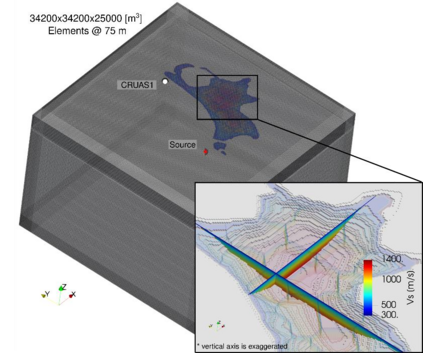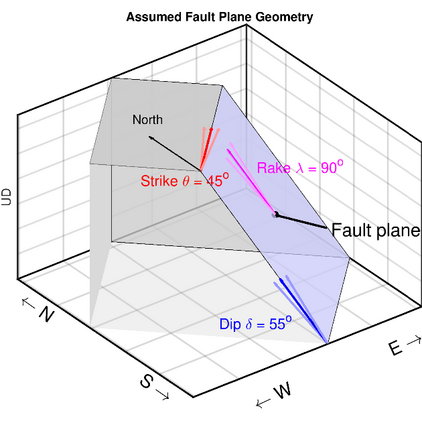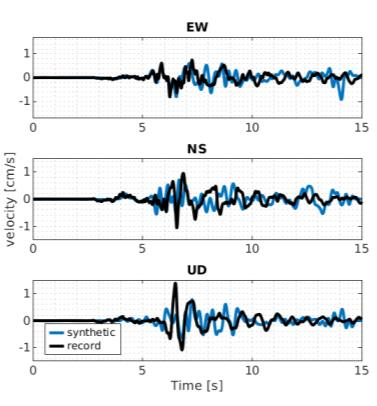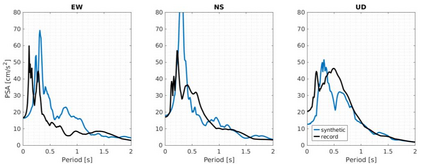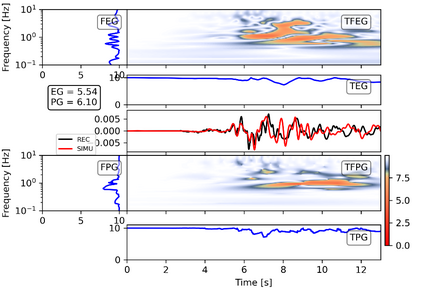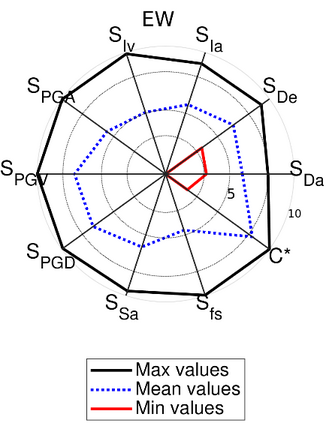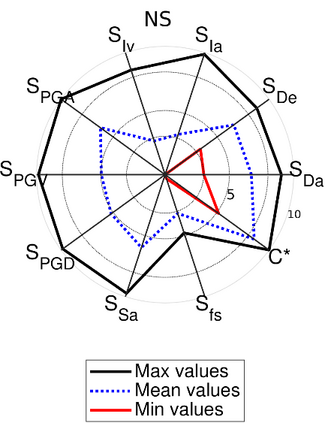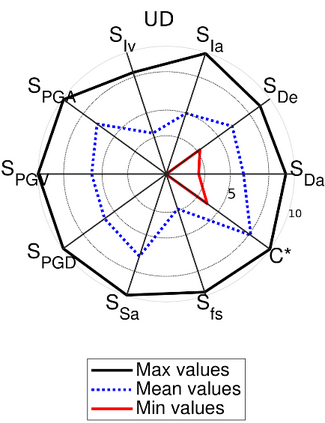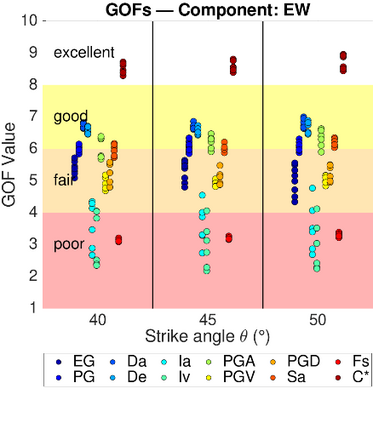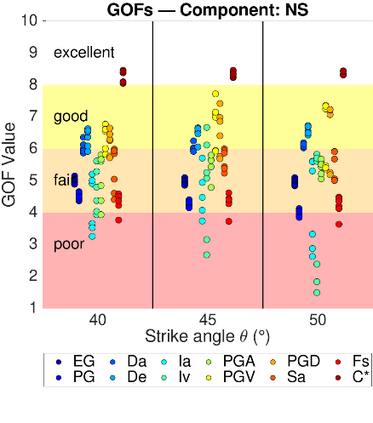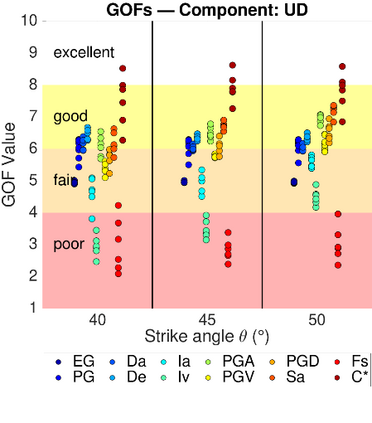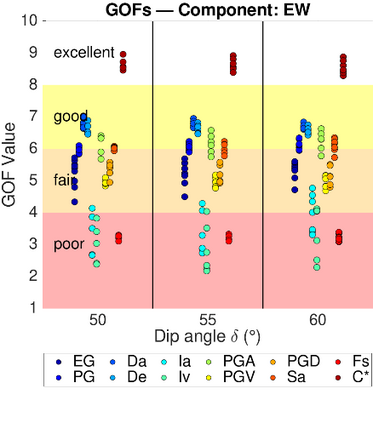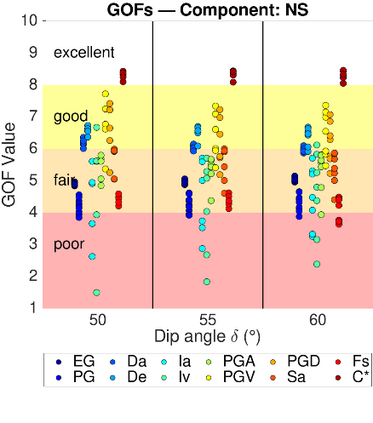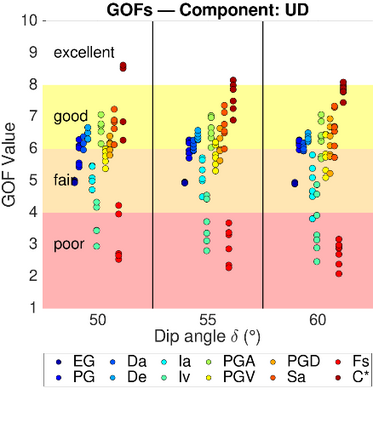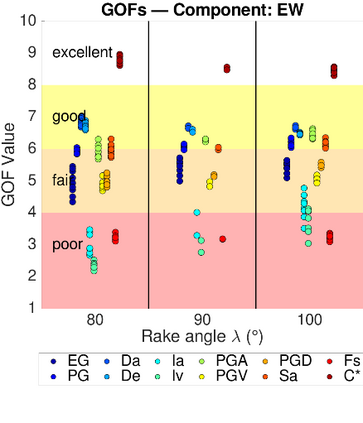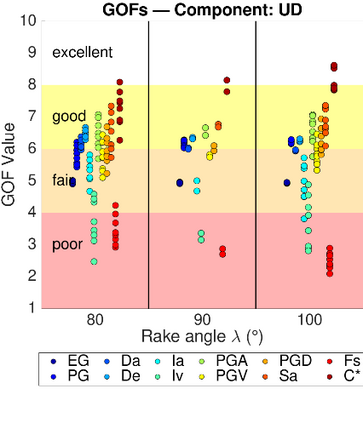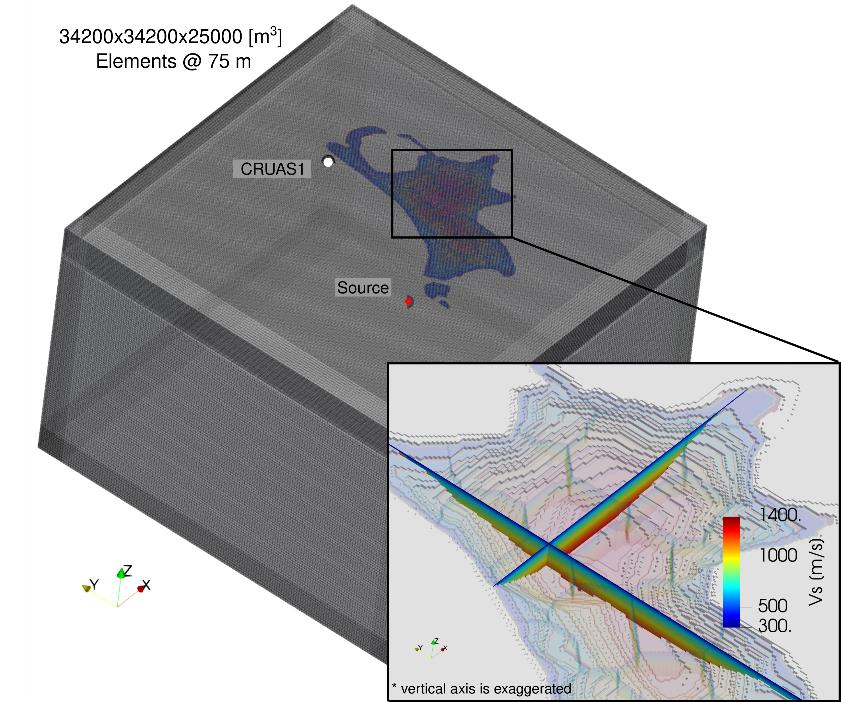Ensuring the seismic safety of nuclear power plants (NPPs) is essential, especially for facilities that rely on base isolation to reduce earthquake impacts. For understanding the seismic response, accurate models are key to predict the ground motions, which are generally sensitive to various factors, including earthquake source parameters like the focal mechanism, i.e., strike, dip, and rake angles. This study examines how uncertainties in these parameters affect ground motion predictions. The analysis is based on the SMATCH benchmark, which provides a standardized approach for evaluating the seismic response of the Cruas-Meysse NPP in France during the Mw 4.9 Le-Teil earthquake of 2019. A set of 27 3D high-fidelity numerical simulations was performed using a spectral-element method, each incorporating different focal mechanism variations. These simulations provide an effective approach for investigating the factors behind the exceptional ground motion observed during this event. To quantify uncertainty, the simulated ground motions were compared to recorded data using two well-established goodness-of-fit criteria: one assessing time-frequency domain characteristics and another focusing on the characterization of the ground motion signals by intensity measures. Results highlight the significant influence of focal mechanism variability on ground motion predictions, especially on the rake angle, which showed the strongest correlation with wave and intensity measures.
翻译:暂无翻译

